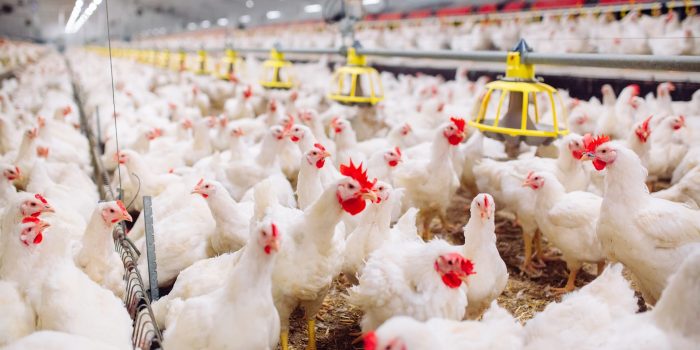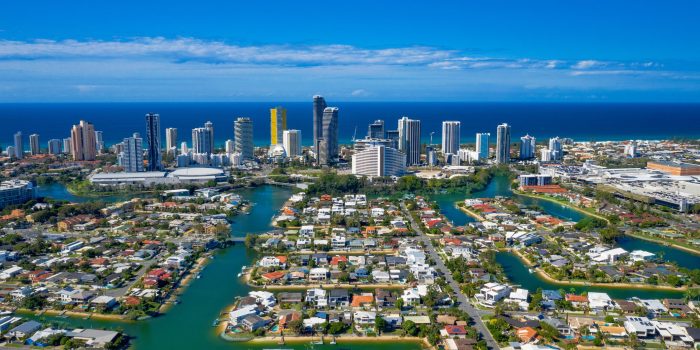Although there has been a substantial recovery in Gold Coast property from the depths of the GFC, credit crisis related property collapses are still winding their way through the courts.
Consider the story of Currumbin developer Daniel Schwerdtfeger who secured $16.46 million in Westpac finance in July 2008 – less than 6 weeks before the collapse of US bank Lehman Bros sent worldwide property and equity markets into deep recession from which it is still recovering.
 The first tranche of $8.58 million was for construction of two projects at Currumbin and the second for a $13 mil land subdivision known as “Double D” in Currumbin Valley .
The first tranche of $8.58 million was for construction of two projects at Currumbin and the second for a $13 mil land subdivision known as “Double D” in Currumbin Valley .
Double D was the “jewel in the crown” – a “highly saleable” 10 lot project – about which the protagonists and several Westpac business development managers were “very excited”.
In the minds of Schwerdtfeger and wife Laura Aprile, although only half of the funding was directed towards Double D, it was from that venture that repayment of the entire loan could be assured.
Neither expressed alarm when the loan documents referred only to a 12 month period and development approval was specified as a pre-condition of the Double D advance.
They signed the requisite all monies guarantee to permit the initial $8.58 million advance to be drawn by their company Doxa.
Changed economic conditions and delays with council meant that the Double D drawdown was never requested. It would have been impossible to draw it, complete the project, sell the stock and repay the loan before the July 2009 expiration date.
A formal variation was signed up in August 2009 to extend the loan for a further 12 months on condition an immediate $600k capital reduction and a further $600k payment to cover interest over the additional period, were made.
Variations to the guarantees reflecting the new arrangements were prepared by Westpac and signed by Schwerdtfeger and Aprile.
The property market was still sinking and not unexpectedly, Doxa could not make the $600k pay down. As much to protect its own position as it was to demonstrate some degree of flexibility, a further variation was documented in February 2010.
But by May, Westpac formally demanded repayment in full as a result of ongoing default.
In August 2010, the amount said to be owing was $9.2 mil inclusive of interest and by February 2014 – Doxa having gone into liquidation the previous July – the total arrears had escalated to $13.2 million.
The pair defended Westpac’s recovery action in Brisbane’s Supreme Court.
Because Doxa’s capacity to repay had been fundamentally impaired by the cancellation of the Double D bank loan – they argued – they were relieved of their obligations under the guarantee as a matter of law.
Justice Roslyn Atkinson decided however that the rule relating to discharge of sureties could not apply in this instance as by executing the guarantee variations, the guarantors had consented to the change.
Considering the guarantors’ contention that they had acted in reliance on Westpac’s binding representation to fund Double D, she observed that “no credible evidence” was offered in support of that claim.
The best they were able to demonstrate was that Westpac personnel “expressed enthusiasm for the idea of developing the Double D property,” she concluded.
Schwerdtfeger and Aprile were ordered to repay the bank the amount limited by their guarantee namely $8.58 million and pay the bank’s costs of the proceedings.
Westpac Banking Corporation v Schwerdtfeger & Anor [2016] QSC 173 Atkinson J 04/08/2016





